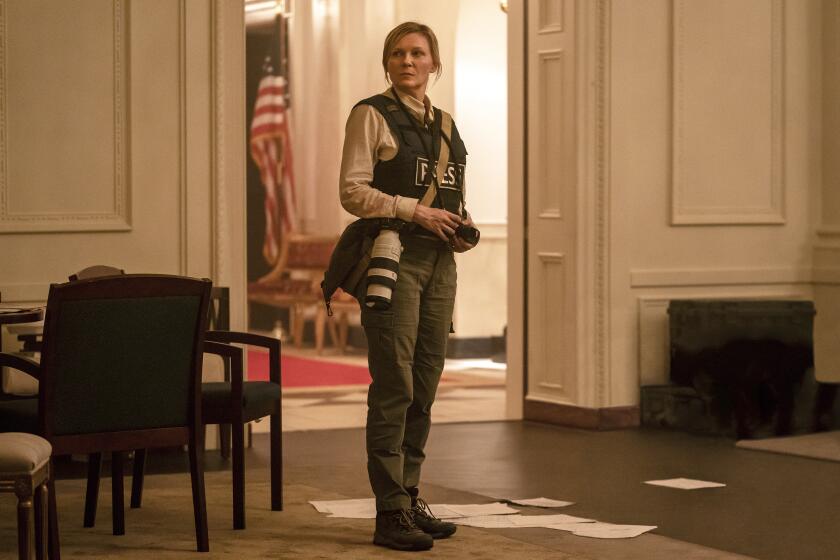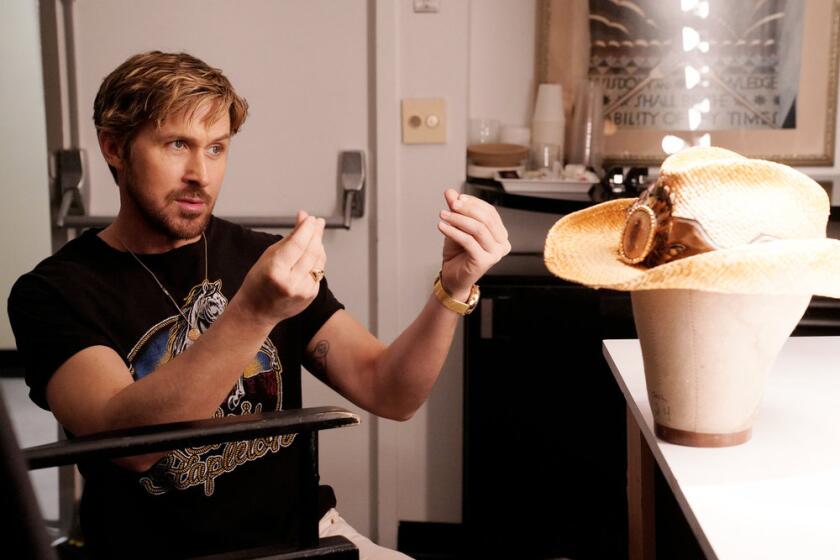Oscar’s exclusive club is about to get bigger and more diverse: What you need to know

One of the most exclusive clubs in the world is about to get a little bit – or perhaps more than a little bit – bigger.
On Wednesday, the Academy of Motion Picture Arts and Sciences is expected to announce its newest class of members, the first round of invitees to join the nearly 90-year-old organization since the #OscarsSoWhite controversy reached a crescendo at this year’s awards ceremony.
Here are five things you need to know.
1. The group is certain to be the largest and most diverse in the academy’s history.
For the last several years, the organization has been working to diversify its overwhelmingly white and male ranks, which currently consist of 6,261 voting members. But this year, that effort has taken on a fierce new urgency.
In January, facing blistering criticism and the threat of a boycott of the Oscars telecast over the lack of nominations for any actors of color for the second year in a row, academy President Cheryl Boone Isaacs announced sweeping changes directed at making the institution more reflective of not just the film industry but also the world around it. The organization’s stated aim: to double the number of women and minorities — currently about 1,500 and 535, respectively — in its ranks by 2020.
“The academy is going to lead and not wait for the industry to catch up,” Boone Isaacs said in a statement announcing the new initiative. “These new measures regarding governance and voting will have an immediate impact and begin the process of significantly changing our membership composition.”
2. Still, meeting the academy’s diversity goals won’t be easy.
In 2012, The Times reported that Oscar voters were 94% white and 77% male. Four years later, those numbers have budged only slightly: Oscar voters are now 91% white and 76% male, according to a Times analysis done earlier this year.
To achieve its goal, The Times estimates the academy would have to invite at least 375 women and more than 130 people of color each year for the next four years. To put that in context, last year’s class of invitees — touted as the largest and most diverse ever — was 322 people, and the majority of them were white men.
The persistent lack of diversity in the film industry as a whole won’t make things any easier. A recent report by the USC Annenberg School for Communication and Journalism described an “inclusion crisis” at the movie studios, where 97% of directors are male and 87% are white, women hold 21% of top executive positions and nonwhite actors garner just 27% of speaking roles.
“The film industry still functions as a straight, white boys’ club,” the study’s authors wrote.
3. The diversity push has itself been met with controversy among some longtime members.
When the academy first announced its new rules, many older rank-and-file members protested the notion that older, less active voters would be purged from the rolls in the name of diversity. In trying to boost the number of women and minorities, some said, the academy was trading a perceived problem of racism for a real one of age-ism.
The academy’s leadership has since worked to clarify its new rules, suggesting that such a purge would likely affect only a relatively small number of members. “Most members who fear losing their vote, will not,” the academy’s Board of Governors said in a letter circulated to members in April.
Still, among a segment of the academy, there is lingering dissatisfaction with the handling of the diversity push, which may in part explain why an unusually large number of members – including Steven Spielberg, Laura Dern, Babyface and Edward James Olmos – decided to put themselves forward as candidates in the academy’s upcoming Board of Governors elections.
“It was somehow blaming the membership, making it seem as if we were racist,” filmmaker Stuart Gordon, a candidate for the directors branch, told The Times. (Gordon did not make the cut of finalists in the elections, the results of which will be announced July 21.) “The whole thing seemed to be based on fear and political correctness… I feel the academy is in a crisis situation now.”
4. The academy has insisted it won’t lower its standards for membership.
Given the under-representation of women and minorities in Hollywood, some doubt the academy’s diversity goals can be met without potentially lowering the organization’s stringent membership requirements. In an interview with The Times in February, former academy President Hawk Koch called the targets “impossible” to reach, saying, “There aren’t that many qualified people, period, of any race or gender, to invite each year.”
But the academy leadership has said it will continue to set the bar for membership as high as it ever has. “[Our members] are the top of the top, the best of the best, and that’s the way we want to keep it,” Boone Isaacs told The Times in February.
While membership criteria vary among the academy’s individual branches, the overarching mandate states that candidates must have “demonstrated exceptional achievement in the field of theatrical motion pictures.” All potential members must be sponsored by two members from whichever of the academy’s branches — such as acting or directing — the candidate is seeking to join. (The exception are Oscars nominees, who are automatically considered for, but not guaranteed, membership.)
5. The ranks of the academy are going to be more global than ever.
The academy considers itself a representation of the best not simply of Hollywood but also of the film community around the world. And to draw from the widest possible pool, the academy will be looking more than ever at potential candidates from every corner of the globe.
As part of its diversity initiative, the academy has said it will “supplement” its traditional membership process with a global recruitment campaign. So don’t be surprised if, among the invitees Wednesday, there are a greater than usual number of names you may never have heard before and that might be tricky to pronounce.
“There are qualified people out there,” Boone Isaacs told The Times in February. “We’re going to do everything in our power to meet our goals, because we know that this is the right thing to do. We’re going to make it happen.”
Times staff writers Rebecca Keegan and Glenn Whipp contributed to this report.
More to Read
Only good movies
Get the Indie Focus newsletter, Mark Olsen's weekly guide to the world of cinema.
You may occasionally receive promotional content from the Los Angeles Times.







